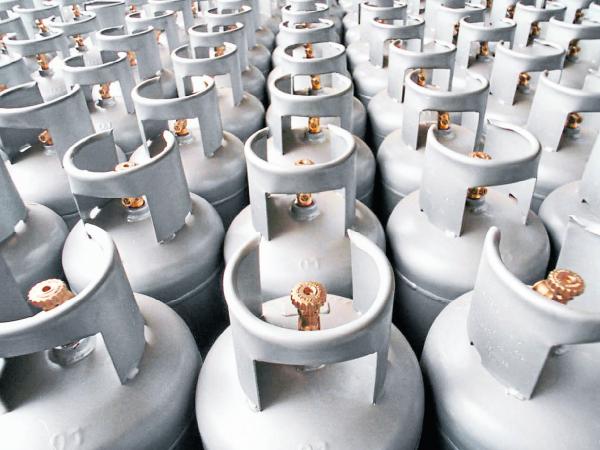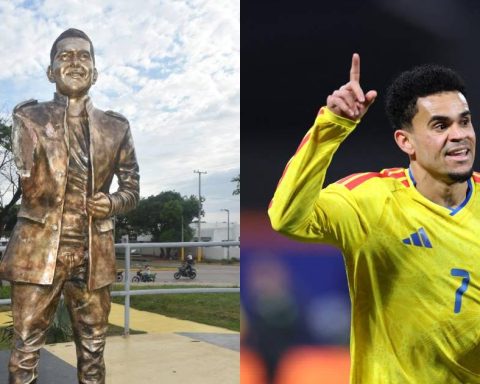For decades, the national territory has lived on LPG (propane gas) not only for cooking food, but also for other uses, at a residential, commercial and industrial level.
(The Nation doubles the capacity to import LPG).
And today, it continues to be a staple fuel, to the point that the business of its production, import and distribution is so profitable that 10 companies currently actively participate in the chain.
Thus, the main national producers of LPG are: Ecopetrol, TermoYopal, Parex and PetroSantander, and the entry of fuel into the country from abroad is carried out by two ports in the Caribbean (Mamonal sector), in charge of Okianus Terminals and PlexaPort.
Data from the Colombian Association of LPG (Gasnova), indicate that the annual demand for fuel in the national territory can exceed 700,000 tons per year. And it is that its consumption is so relevant for the National Government, that the sector has more than $110,000 million in the General Budget of the Nation 2021, destined for the cylinder pilot plan, urban LPG distribution networks and the long-awaited substitution program of firewood.
(How would the mass use of LPG contribute to the energy transition?).
According to the union, which brings together the companies that distribute more than 76% of this energy in Colombia, LPG is the second most used fuel for cooking food, with coverage in 95% of the national territory (1,050 municipalities).
In addition, it is used by 22% of Colombian families: 3.4 million households, that is, 12 million people.
And at a regional level, the main departments that consume LPG are: Antioquia (18% of national consumption), Cundinamarca (11%), Nariño (9%), Valle del Cauca (8%), Bogotá DC (8%), Norte de Santander (6%) and Santander (5%).
SUPPLY AND DEMAND
According to Ecopetrol’s 2021 LPG production declaration, which is updated annually in April, and information published by the producing companies, the estimate of propane gas supply for the first half of 2022 is: 79% from Ecopetrol, 13% corresponds to other national sources and 8% from imports.
Likewise, in the months of January, February and March 2022, with a decrease in sales since July of last year, the average percentage participation of the sources has been: Ecopetrol 85%, other nationals 13%, and imports participate with 3%.
According to the latest Indicative Supply Plan (PIA) for the aforementioned fuel, prepared by the Energy Mining Planning Unit (Upme), which drew up the roadmap to meet the demand for energy, local production will be complemented with imports in order to cover the largest possible deficit of LPG that is registered in the national territory.
“A potential is visualized mainly in the sources of Barrancabermeja and in the Cupiagua field, which require a price signal for their operation. If the local offer is not developed, it is feasible to think about setting up import projects preferably operated by a third party or independent that does not have the participation of active agents in the LPG chain”highlights the plan.
As for propane gas imports, the Okianus and PlexaPort terminals bring the fuel into the country.
In the case of the first regasification port, a project developed and led by the G5 Consortium (Norgas, Chilco Distributor of Gas and Energy, Vidagas – Gasco, Almagas and Montagas Companies), it has a capacity to store a total of 1,400,000 gallons (that is, that is, 2,600 tons), which guarantees monthly imports of up to 16,000 tons.
In addition, this terminal has 10 positions for the loading of tank trucks to meet the evacuation capacity during peaks in which it is necessary to increase the imports of LPG that are required to meet the needs of the national market.
(Colombia is attractive for the LPG market).
For its part, the PlexaPort terminal, It has 12 storage tanks for a total capacity of 25,800 barrels of LPG for distribution in the country.
Likewise, the dock of the plant has a depth of eight meters and between 120 and 150 meters in length. In addition, it has a connection line between the port and the storage tanks whose length is 1,200 meters, a tube that allows a capacity to transport 1,500 grams of LPG per minute.
“It is a versatile plant that can unload the LPG into tank cars, or tank barges, if you want to take the fuel to the interior of the country through the Canal del Dique”, a terminal spokesman explained.
ALFONSO LOPEZ SUAREZ
BRIEFCASE

















